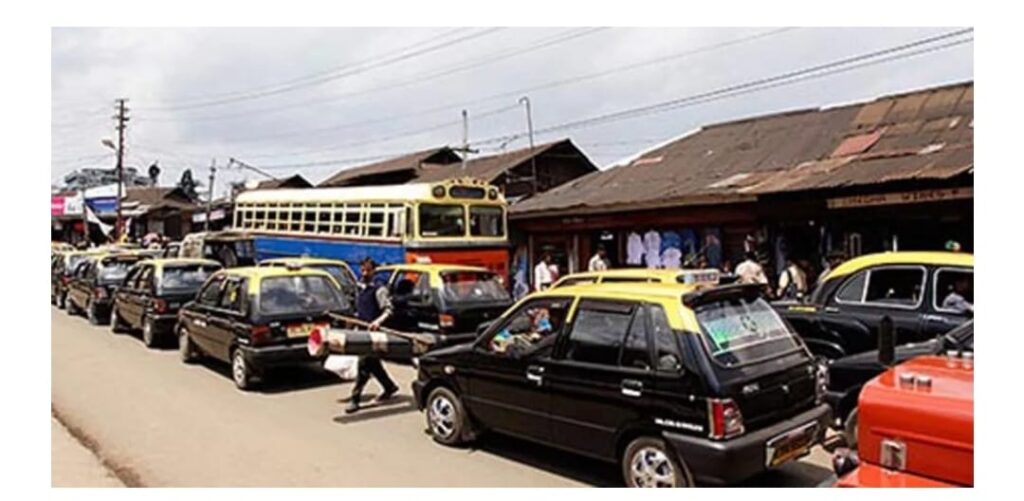In an effort to tackle the growing issue of traffic congestion in Shillong, the capital city of Meghalaya, authorities are considering the deployment of drones as a promising solution. The implementation of this innovative technology is expected to provide valuable insights and enable more efficient traffic management strategies.
Traffic congestion has become a pressing concern in Shillong, with the city’s narrow roads and increasing vehicular population exacerbating the problem. Recognizing the need for effective monitoring and management, the Meghalaya administration has turned to drones as a potential solution.
The proposed drone deployment aims to revolutionize traffic management by providing real-time data on congestion hotspots, traffic flow, and overall road conditions. Equipped with advanced cameras and sensors, these aerial devices will capture comprehensive visual information from above, enabling authorities to make informed decisions and implement appropriate measures promptly.
By leveraging the capabilities of drones, authorities can monitor traffic patterns, identify bottlenecks, and analyze the effectiveness of existing road infrastructure. This data-driven approach will empower them to optimize traffic signal timings, implement alternative routes, and initiate targeted interventions to alleviate congestion.
Moreover, the utilization of drones for traffic monitoring offers several advantages over traditional methods. The aerial perspective provides a wider view of the road network, enabling better detection of congested areas and allowing for quick response times. Additionally, drones can survey challenging terrains and hard-to-reach locations, enabling a comprehensive assessment of the entire city’s traffic situation.
It is worth noting that privacy concerns will be given due consideration in the implementation of this technology. Strict adherence to data protection and privacy regulations will be ensured to safeguard the rights and interests of the citizens.
The initiative to employ drones in traffic congestion monitoring aligns with the broader trend of utilizing cutting-edge technologies to address urban challenges. Meghalaya’s foray into this realm demonstrates a proactive approach towards leveraging advancements to improve the quality of life for its residents.
While the exact timeline for the deployment of drones in Shillong is yet to be announced, the state authorities are actively working on the necessary logistics, including training personnel and establishing an integrated command center to effectively utilize the gathered data.
If successfully implemented, the use of drones for traffic congestion monitoring in Shillong could serve as a model for other cities grappling with similar issues across the country. By embracing innovative solutions, Meghalaya is poised to create a more efficient and sustainable urban environment, easing the daily commute for its residents and enhancing the overall livability of Shillong.


